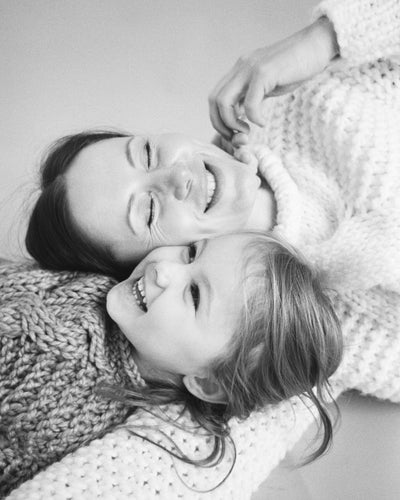
What makes a home feel safe for an autistic child?
There are lots of ways parents can make their home safe for a child with autism - from safety locks and stair gates to door alarms and specialist beds - however, whilst these things can help keep them safe, there are other things parents can do to make them feel safe. In this blog, SpecialKids Company will give you some suggestions on what makes a home feel safe for an autistic child.
The importance of having a space feel safe for children with autism
All children are entitled to a safe space, but this goes beyond physical safety. When a child's sensory system is overwhelmed, they can feel unsafe. For some children with autism, this experience is due to their heightened sensitivity to sensory stimuli. Safe spaces are hugely effective in helping a child to regulate their senses and emotions.

Think of your home as your child’s learning environment. Below are things you can do/introduce to make a space feel safe for your child:
1. A quiet space
Providing your child with a calm, quiet place can be a huge comfort to them when they feel anxious or have sensory overload. You could have a designated quiet room, like their bedroom, or a tent set up somewhere in the house. Some children find calm spaces comforting, so you might want to pull the curtains or investigate purchasing a ‘dark den’ style tent. The quiet space can include things that they find comforting and be a place that they can escape to when they need some down time.
2. Calming décor
Consider the colour and décor of your house. For example, if your child isn’t keen on bright colours, avoid them. You might want to avoid ‘busy’ patterns and too much clutter as it can be overstimulating.
3. Fidget toys
Fidget toys can help a child to self-regulate and calm down when they are feeling anxious or overwhelmed. Placing some around your house so that they are always to hand in various rooms is helpful.
4. Comfort aids
Similarly, if your child has any comfort aids, such as blanket or favourite toy, keep these in a safe place and, if possible, buy several, so that there is always one available
5. Organisation
Lots of children with autism find organisation comforting. Creating a home with this in mind will help your child to feel relaxed and know what to expect. Having a designated place for certain items will mean that your child will always know where to find them.
6. Have set routines
Similarly, children with autism often need a routine to feel safe and secure. Having a set routine for certain events, like bedtime, will help your child to understand what is happening and avoid feeling overwhelmed.
7. A designated play area
A designated play area can be a great, safe space for your child to enjoy their toys and favourite things. Fill it with stuff that they like and find interesting so that they know it is a place where they can relax and have fun.
8. Communication aids
Keep communication aids around your house to assist your child’s communication. For example, if they use a ‘now and next’ or a routine board, you can Velcro one to a door. If they use an AAC device, ensure that this is always charged and within reach to avoid any communication frustration. If your child uses PECS, you can use images to help them around the house. For example, you could use a symbol on the bathroom door, or a picture of a car on a box of toy cars. This will help to aid their communication and independence around your home.


